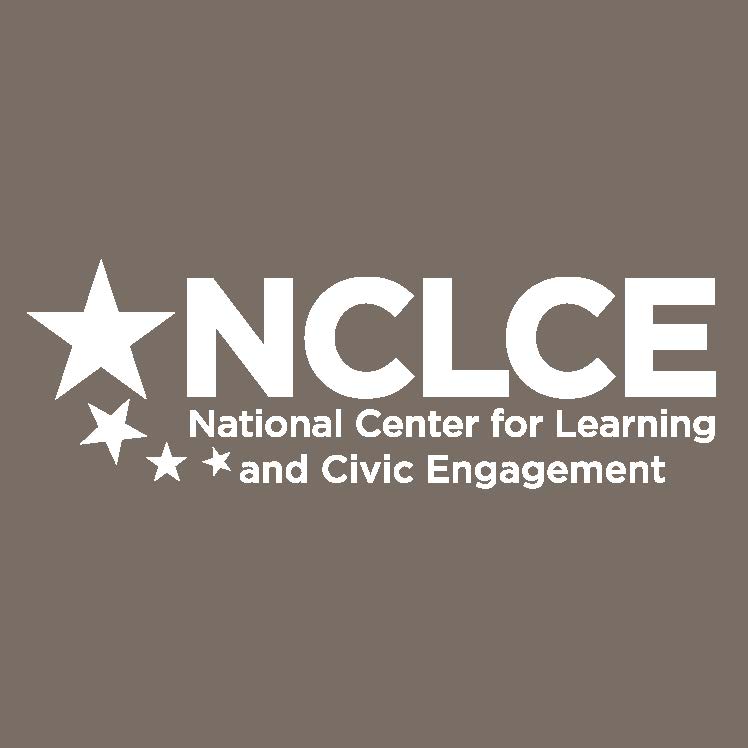In my 10 years of teaching choral music in the District of Columbia (D.C.) and Maryland, I don’t recall a year going by in which I didn’t feel as though I had to protect my “turf” as an arts educator. In D.C., art and music teachers were always the first on the chopping block when the district put in a reduction in force. As it was, my students in D.C. only received 30 minutes of instruction per week for half of the year. In Maryland, the high school where I taught required students to take a single credit in the arts in order to graduate. While some students eagerly wanted to sign up for performing and visual arts classes every year, the school’s credit requirements for other subject areas made fitting in these courses very difficult.
Working in the civics education field today, I am confronted by this same issue . The system isn’t set up to allow schools sufficient opportunities to teach civics for all students, let alone those who excel in the subject.
Civics and the arts aren’t the only subjects facing this dilemma. Most teachers believe that their students are shortchanged by their school’s graduation requirements, at least as far as their own subject area is concerned. Understandably so, most teachers are very protective of their turf. Each teacher knows the benefits of learning in their subject area and wants to be sure that students receive these benefits to the greatest extent possible. Understandably, teachers also know that protecting their turf is commensurate with protecting their jobs.
Our current system of using credits to determine high school completion – the Carnegie unit – is more than 100 years old. At its inception, the Carnegie unit allowed schools to determine, with a fair amount of objectivity, whether and when the masses of students they were taking in had met the requirements for graduation. Time in the classroom in a given subject and a passing grade were the critical measures of completion. If you had met all of the credit requirements, you were ready to graduate.
While the Carnegie unit allowed educators to “scale-up” to unprecedented levels, this system is no longer adequate for a number of reasons, two of which I describe below.
First, the Carnegie unit segments student learning in ways that do not reflect how knowledge is organized in real life. Consider STEM and civics, for example. In schools, STEM subject areas and civics are generally taught in isolation from each other and each of these areas has its own credit requirements. In real life, STEM and civics are often intertwined in critically important ways. Consider the political process we’ve seen in the last few years over net neutrality, or the type of political momentum it took (and still takes) to protect the Chesapeake Bay from overfishing and pollution, or whether the Dakota Access Pipeline should be built. In all of these instances, STEM and civics are inextricably bound together. To actively participate in any of these debates takes keen knowledge of both STEM subjects and civics—together.
Second, the “turf wars” in education can cause educators to lose sight of some issues that are critical for student success both in school and after graduation. As I mentioned earlier, I encountered students in my teaching career who had extraordinary aptitude in the arts but whose participation in arts courses was limited by credit requirements in other subject areas. In truth, these students would have been better served by our schools and better engaged in their own education if our curriculum and courses were integrated in such a way that better allowed them to capitalize on their aptitude for the arts. The same could be said for students with a strong interest in any other subject area.
From my vantage point, we need a paradigmatic shift away from the Carnegie unit to a system that allows for 1) cross-curricular integration, 2) personalization of education according to each students’ interests and aptitudes and 3) still ensures that each student develops essential knowledge, skills and dispositions across a broad set of content areas. This paradigmatic shift ought to occur not just in high schools, but across the pre-k-postsecondary continuum.
In my work with the National Center for Learning & Civic Engagement (NCLCE), I have seen a few schools that get this better than others, but none that get it perfectly. Most of the schools moving in this direction are middle schools with integrated grade-level teams. Science, social studies, mathematics, English, arts, physical education and other teachers teach in coordinated units. I studied these schools as a part of NCLCE’s Schools of Success project through which we showed that rather than competing for turf, STEM and civics can be taught in a collaborative and mutually beneficial manner. Unfortunately, formation of integrated grade-level teams, while somewhat common in elementary and middle schools, are the rare exception in high schools.
The end of the “turf wars” in education is likely to be a tough process. While many educators inherently know that education isn’t a zero-sum game, most aren’t in a position to make the systemic changes necessary to permit the facilitation of learning across disciplines and content areas. ESSA’s provisions for well-rounded education are a strong move in this direction, though additional work at the state, district and school level will be necessary to ensure that these provisions take hold.
The type of teaching necessary for integrated, cross-curricular instruction will be a paradigmatic shift for almost all educators at every level. We may recognize that students will be better equipped for the 21st century when they learn in ways that are authentic to how knowledge is organized in the real world, but teaching students in this manner is a difficult skill to acquire. Similarly, moving education policy in this direction will take a good deal of work. Are we up to this challenge? Or will we let the turf wars continue?




